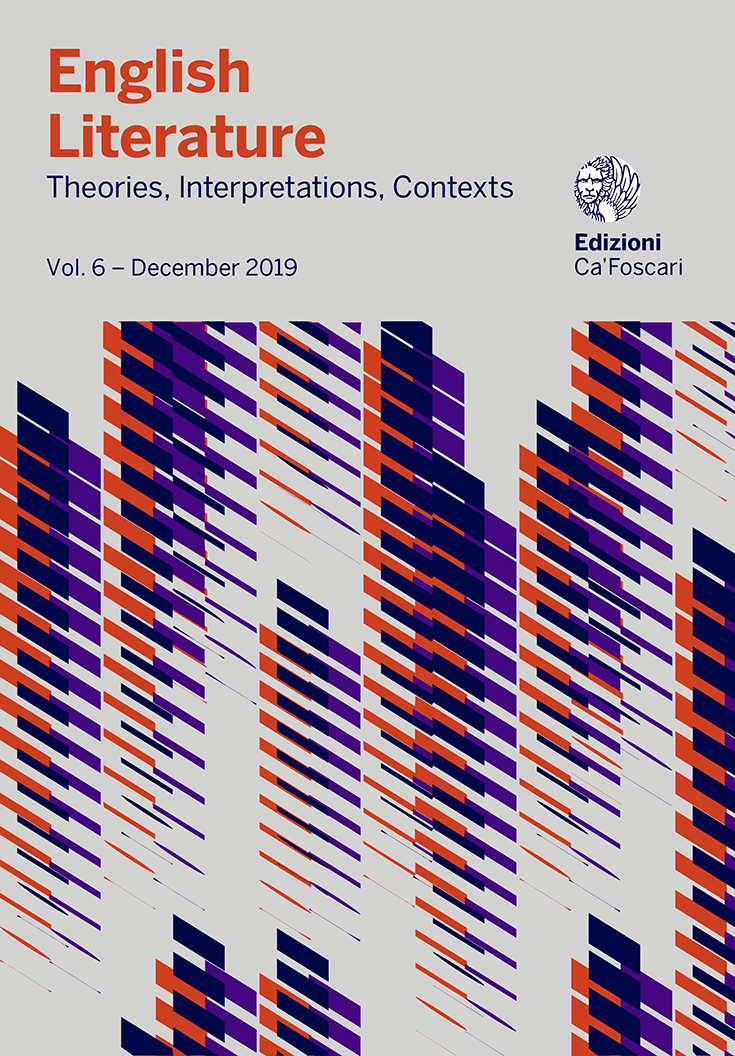
- search 860 views
- file_download 148 download
- keyboard_capslock metadata
-
mark_email_readIscriviti alla newsletter
Tableaux and Melodramatic Realism
abstract
If in many ways its aims are comparable to those of novelistic realism (a focus on ordinary characters and contemporary social issues), melodrama exhibits a form of realism all its own. This essay focuses on several elements of that form, especially on the workings of the tableau. At the moment of tableau, acting bodies suddenly freeze to make a silent and still stage picture whose significance can be interpreted. Though the critical history of the tableau is tightly related to genre painting, its formal operations within melodrama are more complex than the aim to offer verisimilitude in the depiction of ordinary life. Tableaux establish the melodramatic narrative form characterised by intermittent pictorialization. They interrupt the dramatic action, summing up the plot so far and adumbrating action to come; they form ‘points’ on which the suspense of dramatic unfolding might hang; and these sudden moments of silence and stasis carry affective and intellectual points as well. Using exemplary readings of melodramas across the English 19th century, this essay demonstrates the formal potentialities of the tableau, including the metatheatrical self-consciousness of its role in constructing melodramatic realism.
Keywords: Metatheatricality • Genre painting • Melodrama • Tableau • Serial discontinuity • Leopold Lewis • Douglas Jerrold • Realism • Dion Boucicault